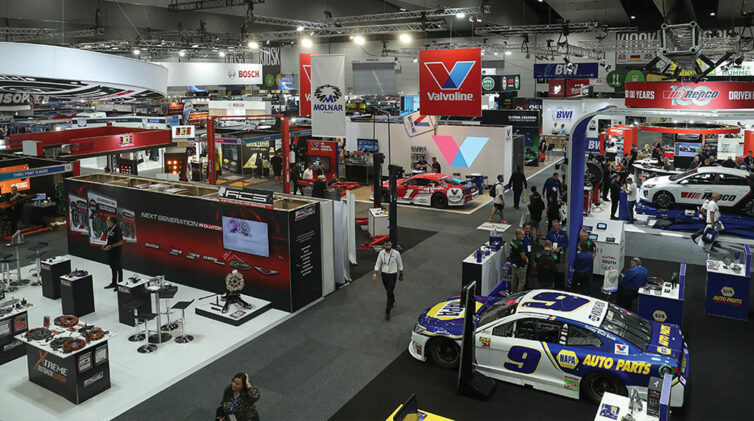Cars from the new factory will include the P1 SUV that is the EV replacement for the small petrol-fuelled HR-V SUV.
The Chinese factory plan parallels the deal with General Motors that will see two Honda SUV EVs built by GM and based on GM’s Ultium electric platform and battery components to be sold from 2024. These SUVs, one badged Acura and the other Honda, will use Honda bodies and cabins.
But the GM deal – part of a wider joint venture between the pair for EV component and technology sharing – may be short lived as Honda signs up to build its second Chinese factory.
It also indicates Honda may not aggressively pursue its development of a hydrogen fuel-cell model.
Honda ended production of its sole FC model, the Clarity, in August last year although the car is still available for lease in limited markets, including California, Japan and some countries in Europe.
The latest plant in Wuhan will start production in 2024 and have an annual capacity of 120,000 vehicles. The 620,000 square-metre factory will use sustainable power, a high level of automation and be built and operated in a joint venture with Dongfeng Motor.
Honda’s first Chinese EV plant is a venture with local partner GAC Motor and will also be producing from 2024 with a 120,000 unit annual output.
The factories will make two SUVs – the S1 (with Dongfeng) and P1 (with GAC) – under Honda’s new dedicated EV label, e:N.
Honda already makes three EV models in China – the X-NV and M-NV at Dongfeng-Honda, and the VE-1 at GAC-Honda. All are compact SUVs.
Honda has stated that its new-generation of EVs will include 10 e:N models – including crossovers, SUVs and even coupes – within five years and be exported globally.
Honda in April last year said it would phase out all of its petrol vehicles in North America by 2040 and wants 40 per cent of North American vehicle sales to be battery or fuel-cell powered by 2030, and 80 per cent of all vehicles sold to run on batteries or hydrogen by 2035.
Honda of America executive vice president Dave Gardner said Honda had initially planned to meet stricter government fuel economy and pollution standards by increasing the number of hybrids but increasingly strict regulations applied to fossil-fuelled vehicles has moved the company more toward EVs.
The move to EVs is reflected by Toyota’s plans to invest $US35 billion in EVs, a big step for a car-maker that has rigorously pushed for hybrid power plants.
By Neil Dowling














 Read More: Related articles
Read More: Related articles

